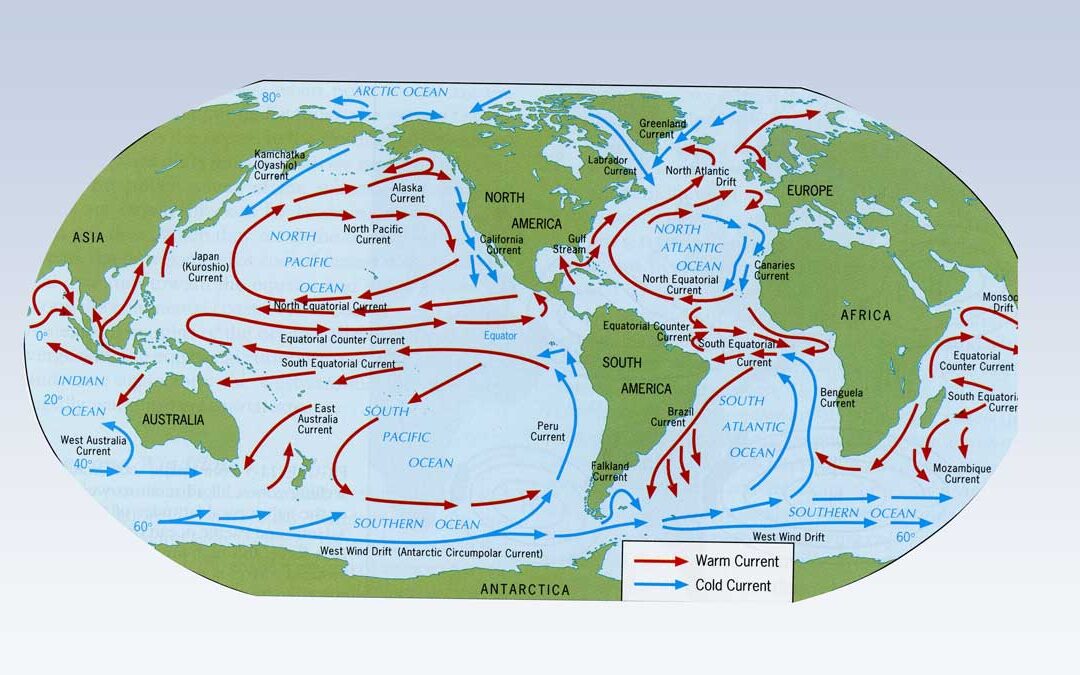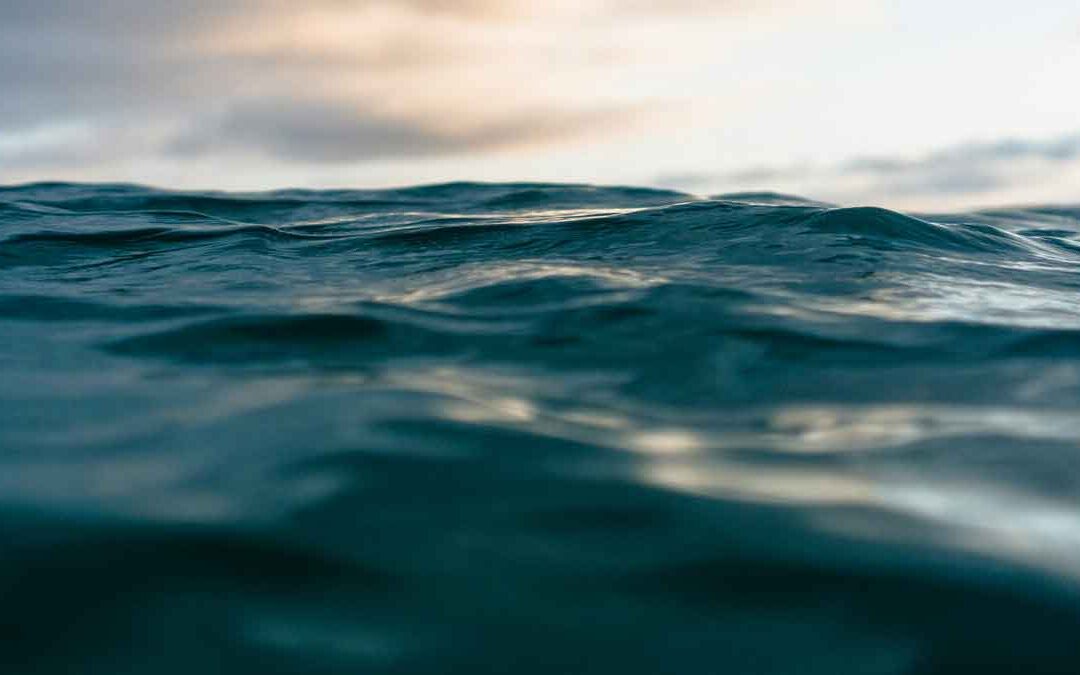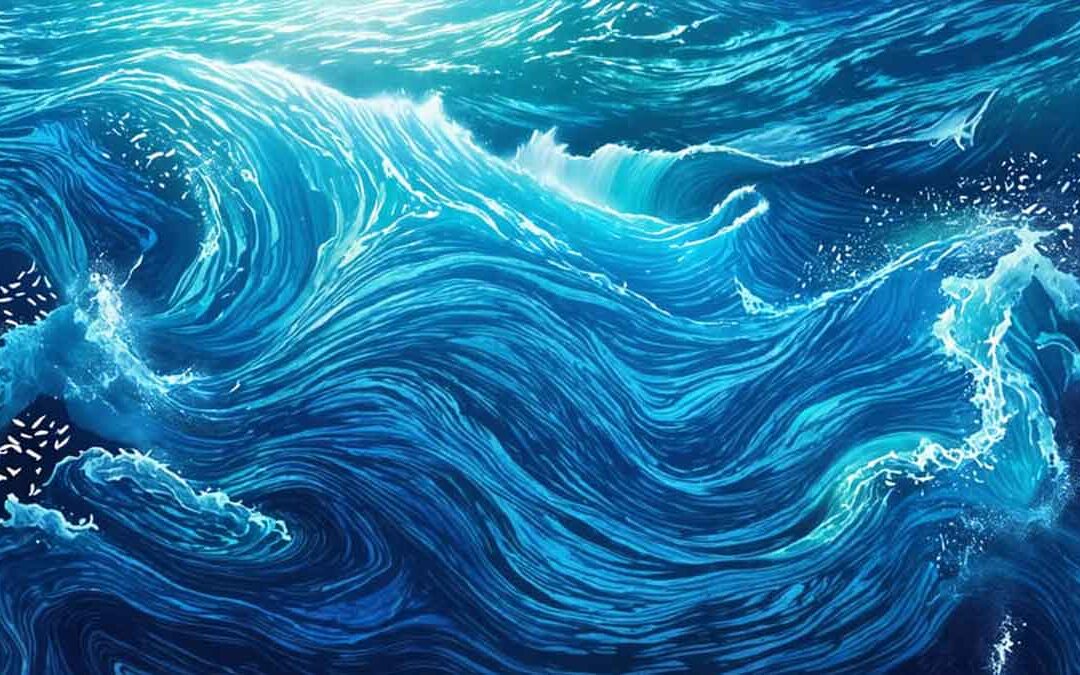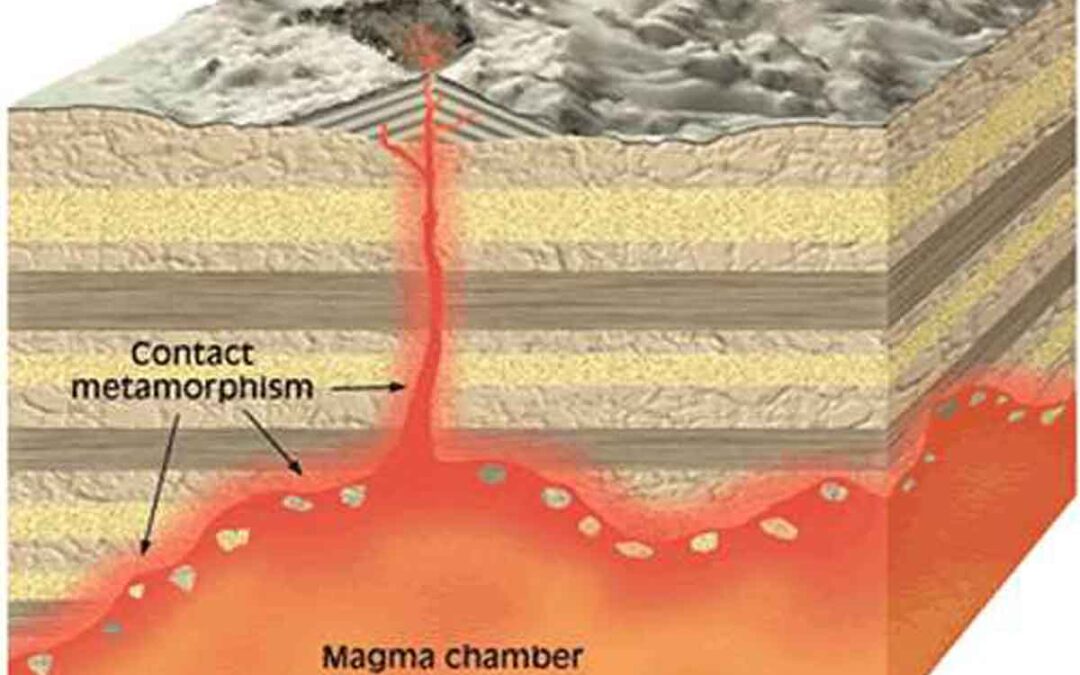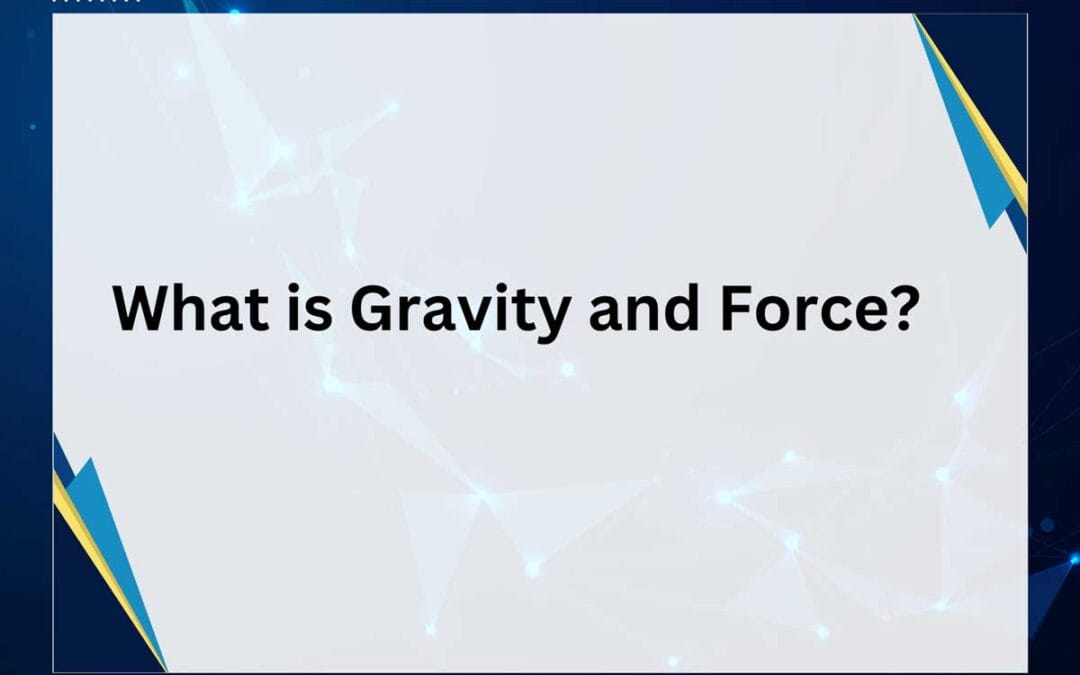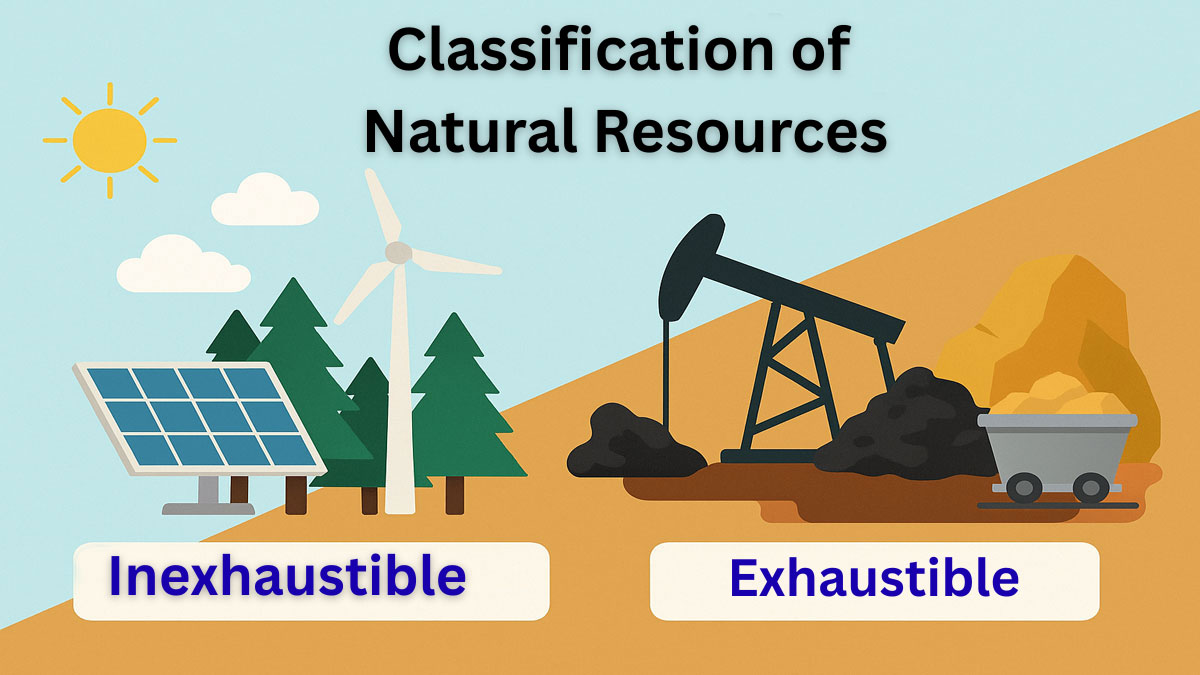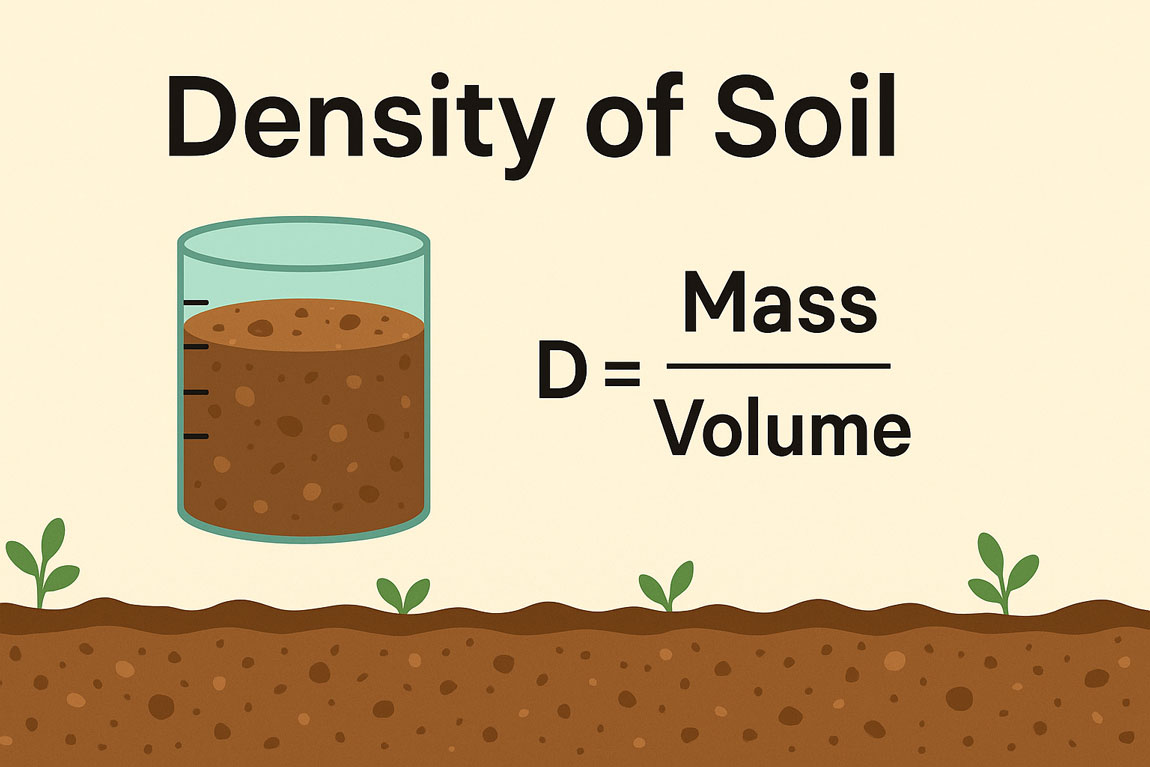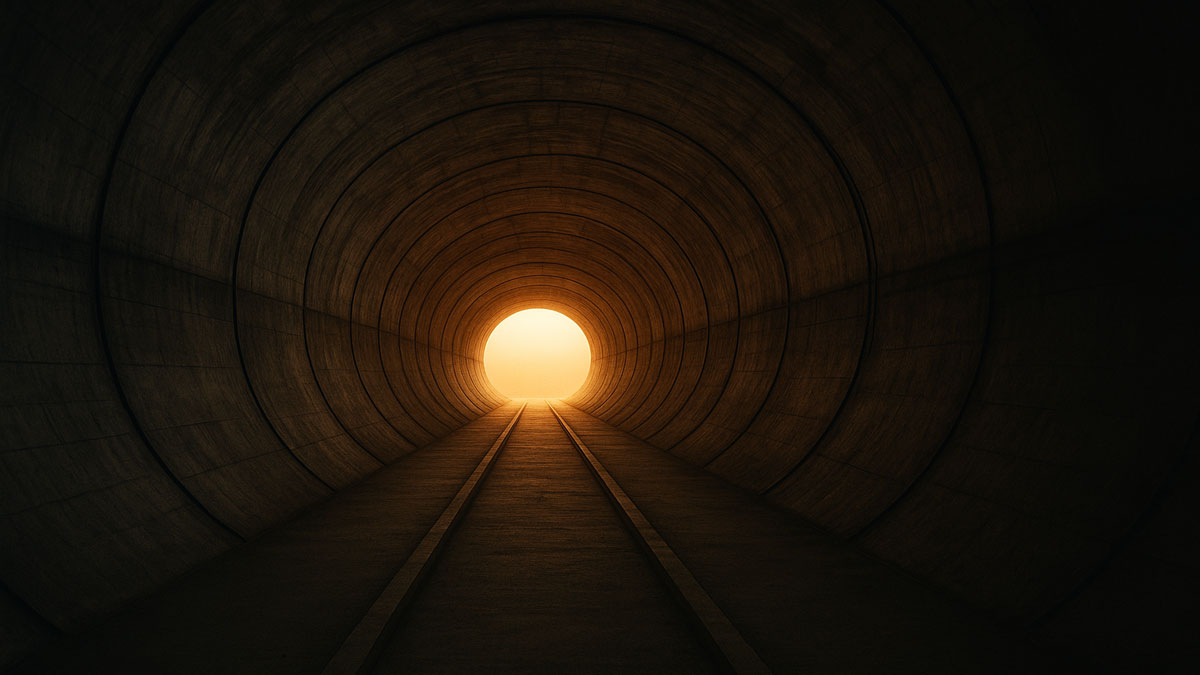
by Gelogia Team | Feb 11, 2025 | Physical Geology & Geomorphology, Uncategorized
Deposition definition refers to the process where transported sediments settle due to changes in fluid flow. Hjulstorm’s diagram illustrates its control by velocity and turbulence. Coarser particles settle near the source, while finer ones travel farther,...

by Gelogia | Jan 23, 2025 | Physical Geology & Geomorphology
The types of oceanic gyres provide important information about ocean movement and its consequences on the planet. Wind patterns and the Earth’s rotation push large, round water structures known as oceanic gyres. We classify them into subtropical gyres, which dominate...

by Gelogia | Jan 20, 2025 | Physical Geology & Geomorphology
Ocean Currents can be generated by wind, density differences in water masses caused by temperature and salinity variations, gravity, and earthquakes. However, the factors of ocean currents are primarily influenced by four main elements. Factors of Ocean Currents:...

by Gelogia | Jan 20, 2025 | Physical Geology & Geomorphology
Understanding the types of ocean currents is crucial to appreciating their profound impact on our planet. This post explores the concept of ocean currents, their classification into surface and deep currents, and the unique characteristics that define each type. Types...

by Gelogia | Jan 19, 2025 | Physical Geology & Geomorphology
Contact Metamorphism is a type of metamorphism of a local extent that affects the country rocks around the magma bodies injected along fractures or natural zones of weakness between rock layers. The magmas are the sources of heat, mass, and mechanical energy necessary...

by Gelogia | Nov 13, 2024 | Physical Geology & Geomorphology
Gravity and force are two powerful forces that shape the world as we know it. From holding us to the ground to keeping planets in orbit, gravity and force are fundamental to our universe’s natural laws. What is Gravity? Gravitation refers to the attractive force...


